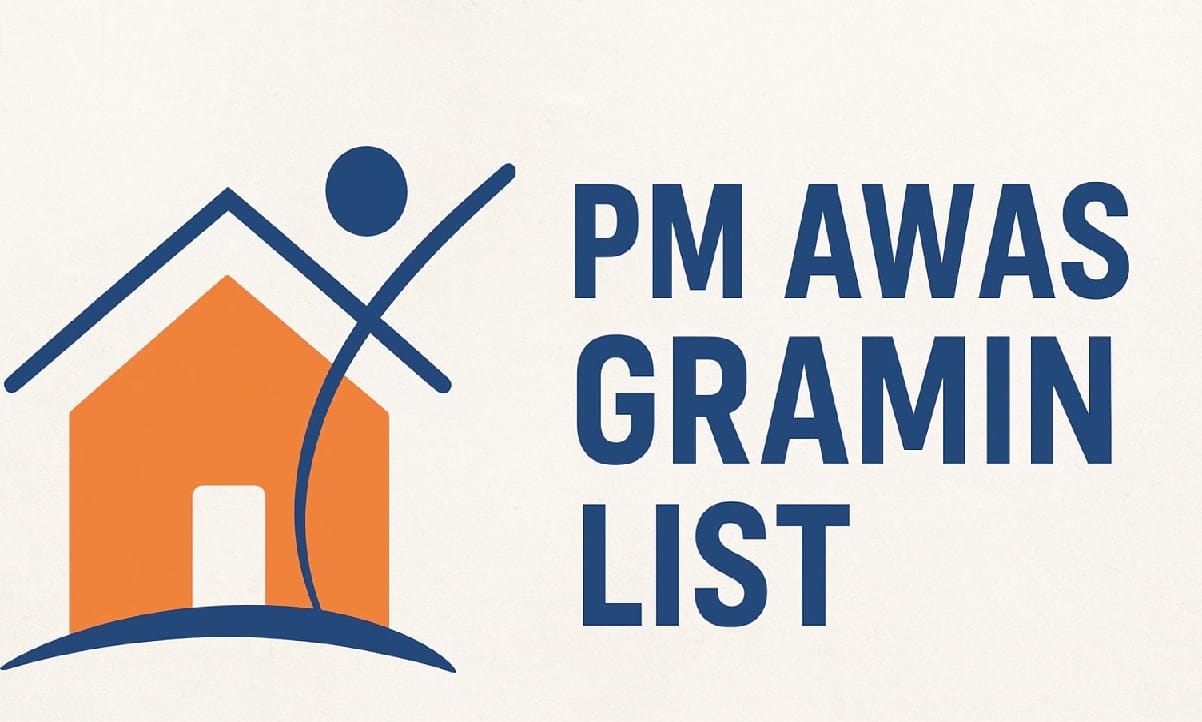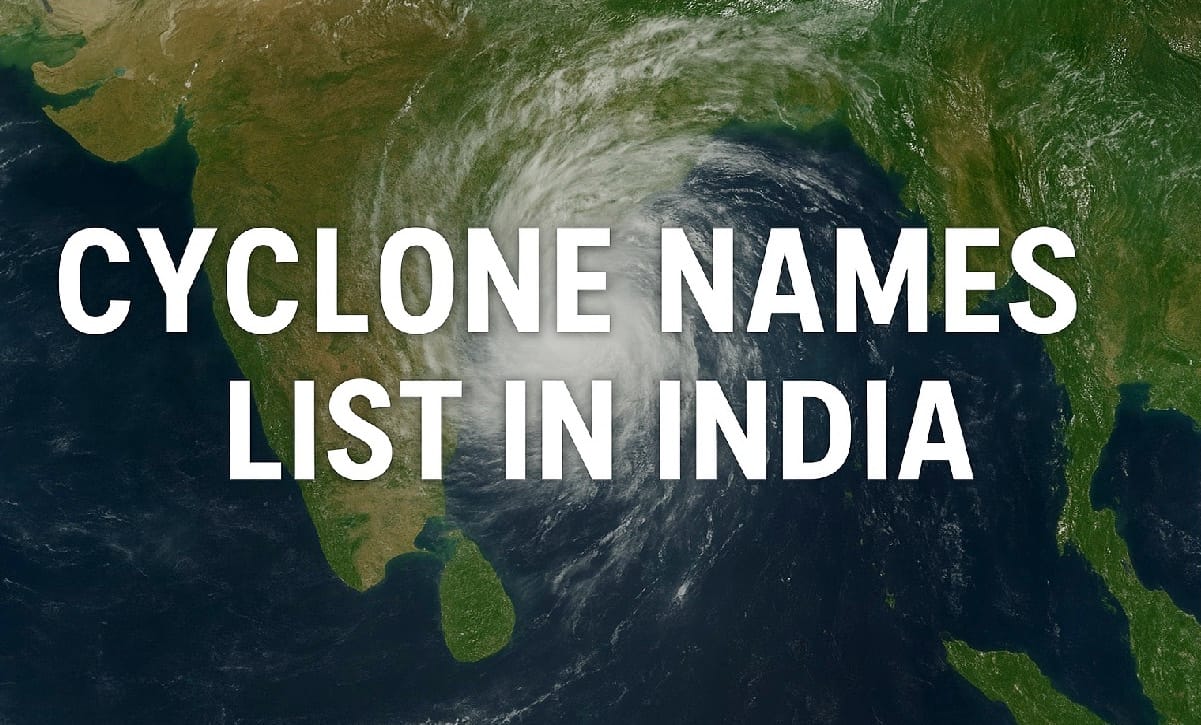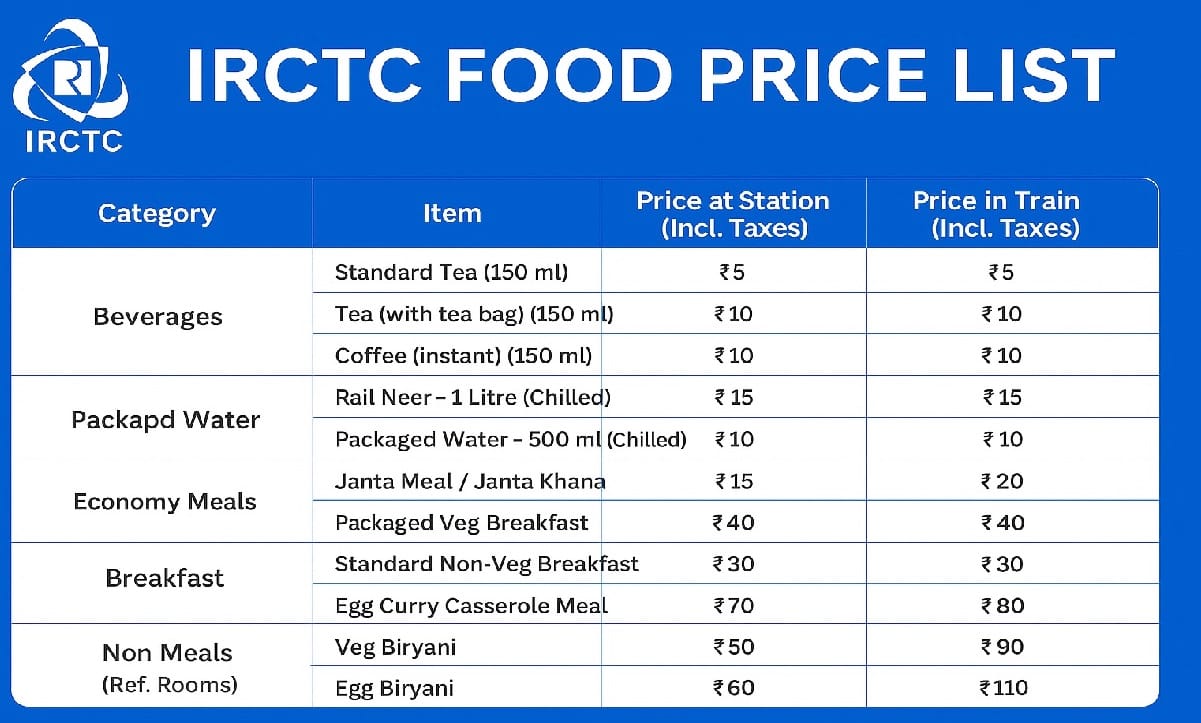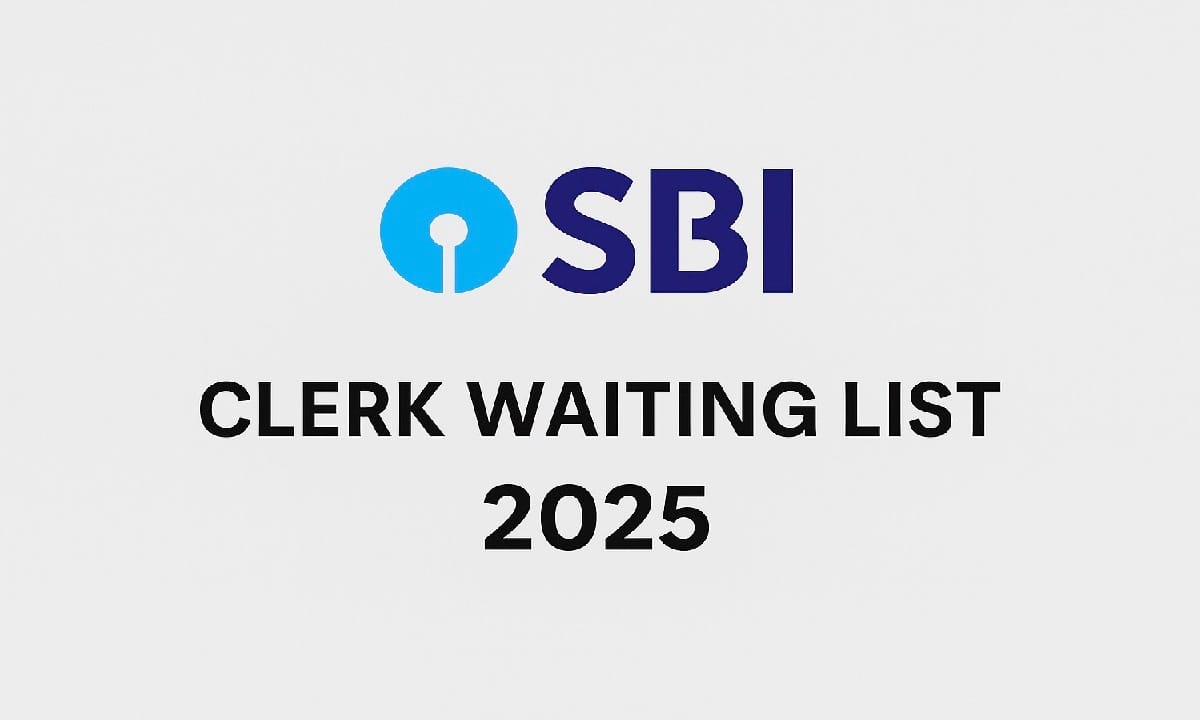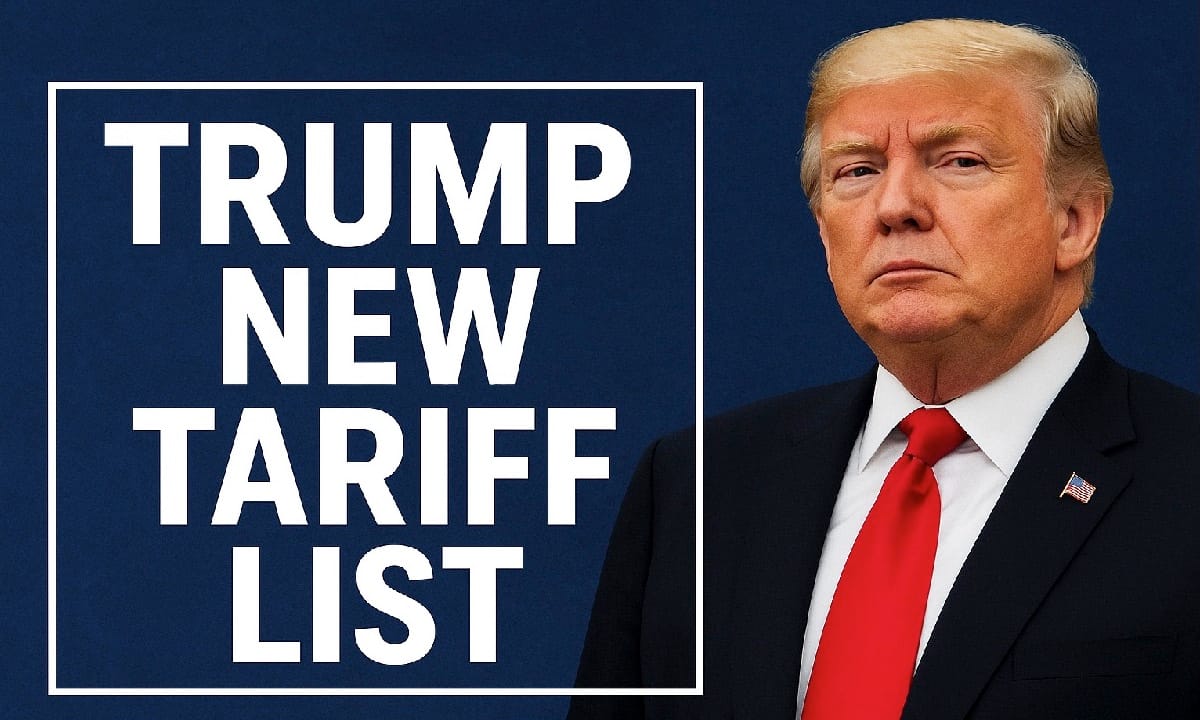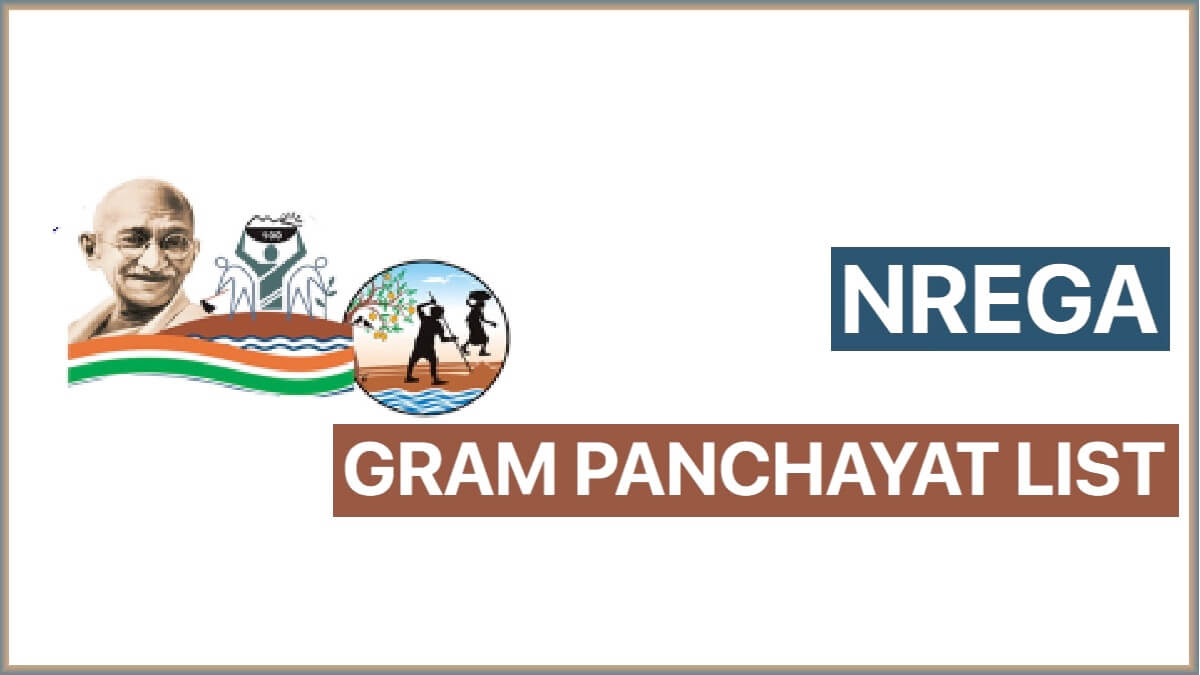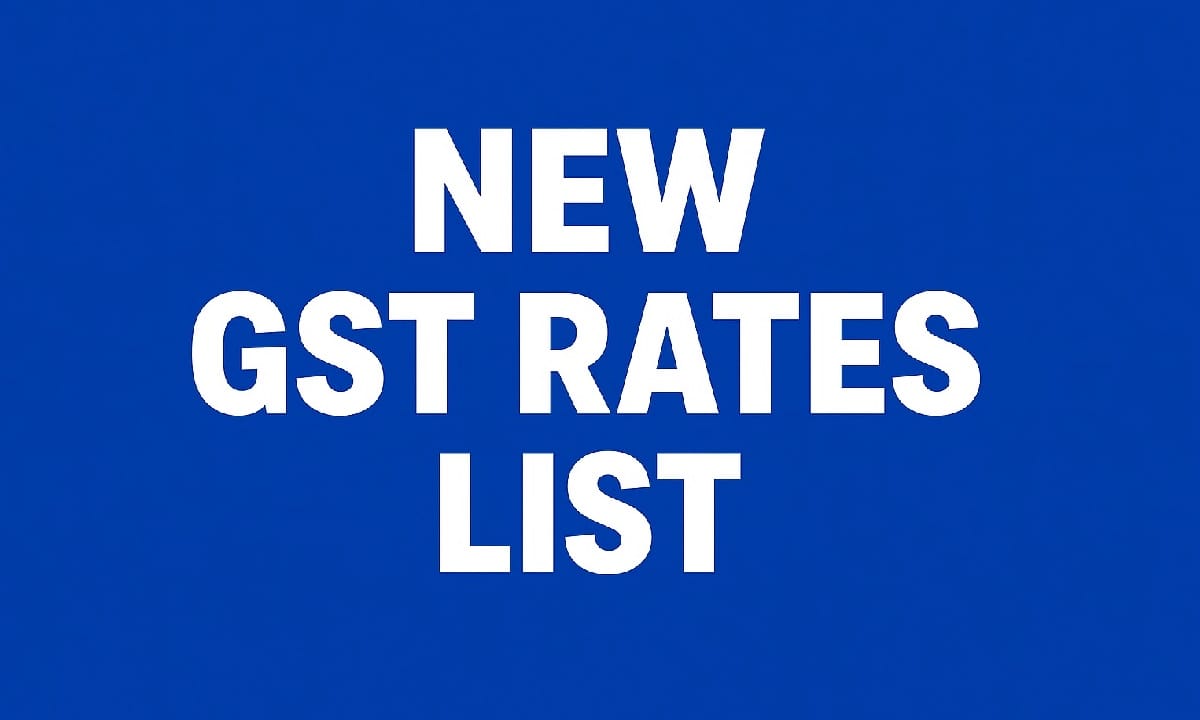PM Awas Gramin List 2025– Check Your Name in Pradhan Mantri Awas Yojana (Rural) Beneficiary List
The Pradhan Mantri Awas Yojana Gramin (PMAY-G) is a flagship housing scheme launched by the Government of India with the aim of providing permanent (pucca) houses to rural families who are homeless or living in kutcha houses. The scheme ensures that every rural citizen has a safe and secure home equipped with basic facilities. Under this initiative, eligible families receive financial assistance to construct their houses. The PM Awas Gramin list 2025 contains the names of those beneficiaries who are selected to receive benefits under the scheme. PM Awas Gramin List 2025 The PM Awas Gramin list is an official record of selected beneficiaries who are eligible to receive government assistance under the Pradhan Mantri Awas Yojana (Rural). This list can be checked online at pmayg.nic.in. It includes details such as beneficiary name, registration number, village, district, and status of financial installments. The list is prepared using data from the Socio-Economic Caste Census (SECC) 2011 and verified by the Gram Sabha to ensure transparency. Highlights of PM Awas Gramin List 2025 Scheme Name Pradhan Mantri Awas Yojana - Gramin (PMAY-G) Launched By Government of India Implemented By Ministry of Rural Development Beneficiaries Homeless and kutcha house residents in rural areas Financial Assistance ₹1.20 lakh to ₹1.30 lakh (depending on region) Official Website https://pmayg.nic.in Helpline Number 1800-11-6446 Email Support support-pmayg@gov.in How to Check Pradhan Mantri Awas Gramin List 2025 (Without Registration Number) If you don’t have your PMAY-G registration number, you can still check your name in the list by following these steps: STEP 1: Visit the official PMAY-G website – https://pmayg.nic.in. STEP 2: Click on the "Awaassoft" option available on the top menu bar. PMAY-G Scheme STEP 3: Now select "Reports" from the dropdown menu. STEP 4: You will be redirected to https://rhreporting.nic.in/netiay/newreport.aspx. STEP 5: Under the “Social Audit Reports (H)” section, click on “Beneficiary details for verification”. STEP 6: Select your State, District, Block, and Village. STEP 7: Under the scheme section, choose Pradhan Mantri Awas Yojana. STEP 8: Enter the captcha code and click Submit. STEP 9: Your village-wise list of PMAY-G beneficiaries will appear on the screen. How to Check PM Awas Beneficiary Details (With Registration Number) If you have your registration number, checking your beneficiary details is even easier: STEP 1: Go to the PMAY-G portal: https://pmayg.nic.in. STEP 2: Click on Stakeholders → IAY / PMAYG Beneficiary. PMAY-G Search Beneficiary Details STEP 3: Enter your registration number and click on Submit. STEP 4:Your beneficiary details will be displayed on the screen. If you don’t know your registration number, click on the Advanced Search option and fill in your details to find your record. How to Check Installment Details under PMAY-G If you have already been selected under the PMAY-G scheme and want to check your installment details, follow these steps: STEP 1: Open the UMANG App or visit the UMANG web portal. STEP 2: Log in using your registered mobile number. STEP 3: In the Services section, search for Pradhan Mantri Awas Yojana - Gramin. STEP 4: Click on Installment Details. STEP 5: Enter your registration number and click Search. You will see all installment-related information including approval status and payment dates. Eligibility Criteria for PMAY-G 2025 To be eligible for benefits under Pradhan Mantri Awas Yojana Gramin, a family must meet the following conditions: Must be homeless or living in one or two-room kutcha houses. Must belong to economically weaker sections (EWS) or below poverty line (BPL) families. Belong to SC/ST/OBC/minority communities or socially disadvantaged groups. Families with widows, disabled members, or senior citizens are given preference. Must be listed in the SECC 2011 data ...

